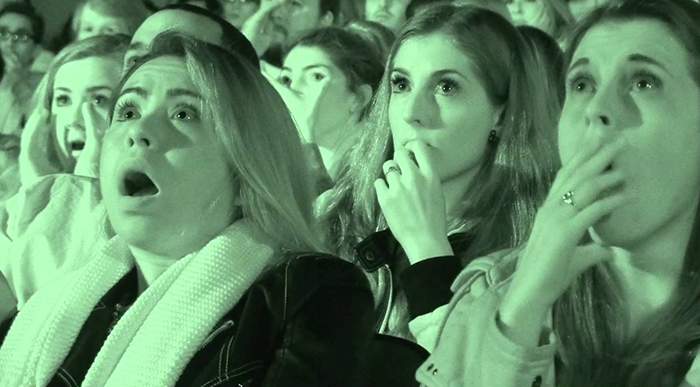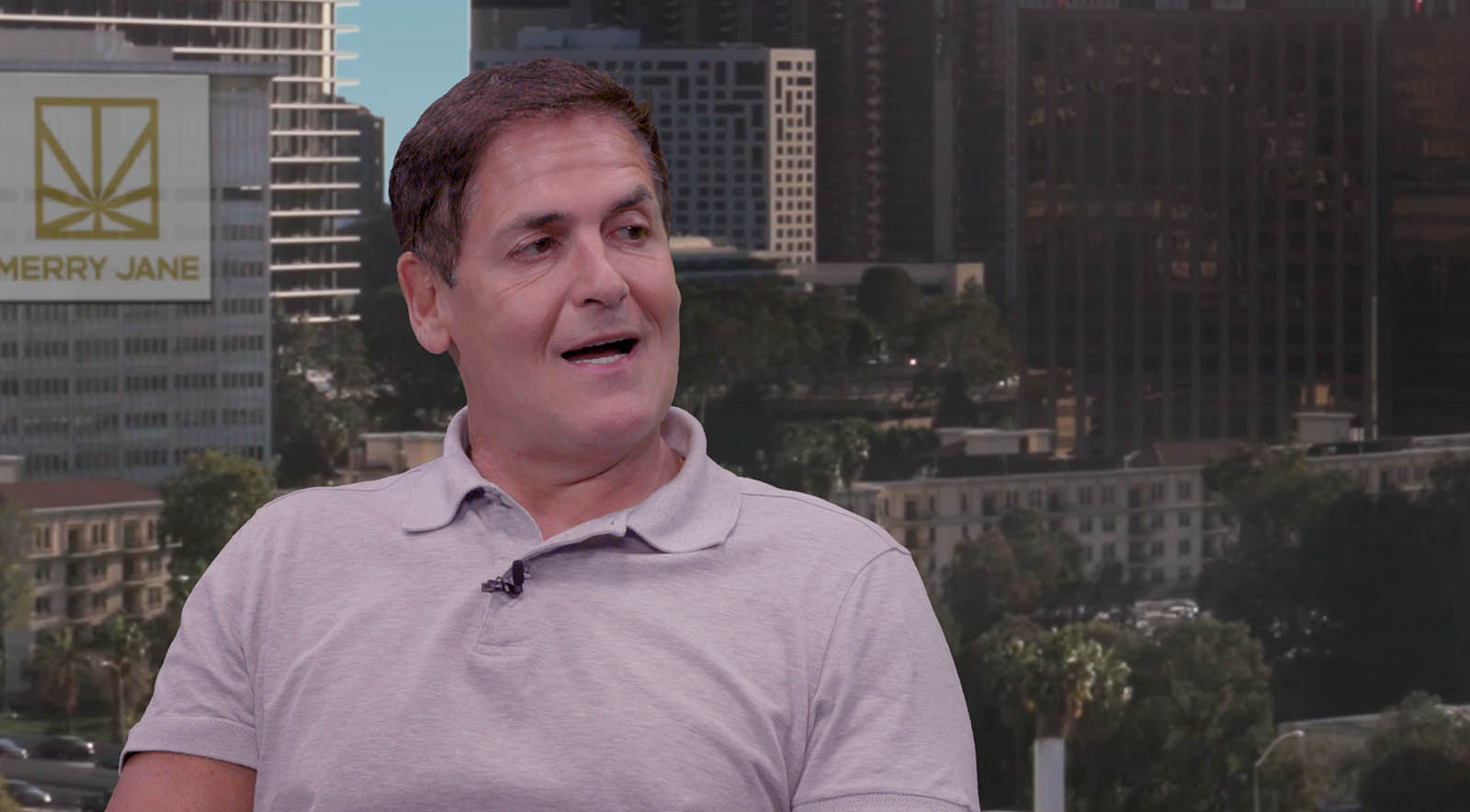This past September, news of people passing out at a Toronto Film Festival screening of a new cannibal movie called Raw made the rounds.
This, of course, is not the first time something like this has happened—far from it. Moviegoers had similar reactions last year to the horror movie Bite and Eli Roth’s cannibal flick, Green Inferno. Fans might also remember hearing about people fainting, puking, or even having seizures over the frightening found footage of V/H/S (2012), the rectal shenanigans of The Human Centipede II (Full Sequence) (2011), the penis-pummeling in Lars von Trier’s Antichrist (2009), the ghastly flaying of Martyrs (2008), and the endless parade of torture porn in Saw III (2006) and Hostel (2005).
And the list goes on. Takashi Miike’s Audition (1999) freaked out people not expecting its brutality, and The Blair Witch Project (1999) caused a mass exodus at theaters, although most of it was for motion sickness due to excessive shaky cam.
For every film mentioned there are several more that could be added, and not just horror films.
Gaspar Noé’s ultra-violent Irreversible (2002) upset critics with its sexual assault, and the severed limb in 127 Hours (2010) was too much for some to take. And for every well-known movie that freaks people out there are more obscure, far more vile productions like the August Underground movies or the ’80s Japanese shock series Guinea Pig that are mostly viewed at home so you can pass out or puke in private.
Perhaps the most infamous case of a movie causing hysteria in theaters is the horror masterpiece The Exorcist (1973). In addition to the usual fearful reactions, a man supposedly broke his jaw on the seat in front of him in the midst of a panic attack.
A decade earlier, Hitchcock’s groundbreaking Psycho (1960) proved to be a controversial box-office hit that sent many viewers running home—where they avoided taking a shower for days. That same year, the creepy French film, Les yeux sans visage (Eyes Without A Face), startled folks with an ahead-of-its-time surgery scene. (Billy Idol was a fan.)
If you think that these incidents are used for free publicity, you are, of course, right. Marketing gimmicks centered around having a perilous moviegoing experience had its heyday in the ’50s. Show business maven William Castle routinely paid people to sit in the audience and scream or fake fainting. He ran ads promising that anyone seeing the film Macabre (1958) would be covered by life insurance that would pay out $1,000 (over $8,000 in today’s dollars) in case of death by fright—that is, if you weren’t suffering from a known heart condition. For The Tingler (1959), he hooked up theater seats with buzzers that vibrated at scary moments. (The 1993 film Matinee stars John Goodman as a Castle-like figure.)
The late Herschell Gordon Lewis, remembered as the Godfather of Gore, publicized Blood Feast (1963) by parking ambulances outside in the event of an emergency while nurses were stationed in the lobby. Legend has it that this stunt was done before back in 1931 for screenings of Frankenstein. But Lewis upped the ante by having his nurses give away promotional barf bags.
The ’70s exploitation flicks that played in grindhouses carried on tradition, like when the posters and trailer for Last House on the Left (1971) warned viewers: “To avoid fainting, keep repeating ‘It’s only a movie… only a movie….’”
We all know that “surviving” a scary or intense movie is like a badge of honor. There’s a sense of pride for filmmakers, too. Director John Waters, who grossed out everyone with the infamous dog poop scene in Pink Flamingos (1972), once said: “If someone vomits while watching one of my films, it’s like getting a standing ovation.”
So what do we make of this phenomenon of people passing out while watching movies and our need to know about it? As we’ve seen, it’s nothing new and dates back to almost the start of cinema itself. People reportedly fainted in the aisles when villain Lon Chaney took off his mask in The Phantom of the Opera in 1925. And someone will invariably faint next year during some movie yet to be released. And horror fans will want to hear about it because they’re always looking for the next fix.
There seems to be an unspoken sense of excitement about the chance that someone might collapse right next to you in the theater because they got too scared. (It might even happen to you.) It gives us all a story to tell, a tale that seems more dangerous than it really is because you can talk about maniacs with knives, bodies in the fridge, or whatever other disturbing thing was on the screen at the moment when someone passed out.
Either that or there’s the notion that we must face up to our fears and prove our worth by watching a movie deemed too extreme for the average viewer. Those who can’t hack it are “pussies.” It’s a false belief, however, that only cowards can’t handle gore. Professional boxers, who risk their lives in the ring and are the epitome of “tough,” sometimes react negatively to the sight of their own blood. People may also have hemophobia, the fear of blood. And studies indicate that “fainting at the sight of blood may be a primitive reflex buried deep in our brain.”
But, then again, it might not have anything to do with blood or guts. Maybe seeing scary movies reminds us subconsciously that we’re all gonna die—an overwhelming thought for any of us.











